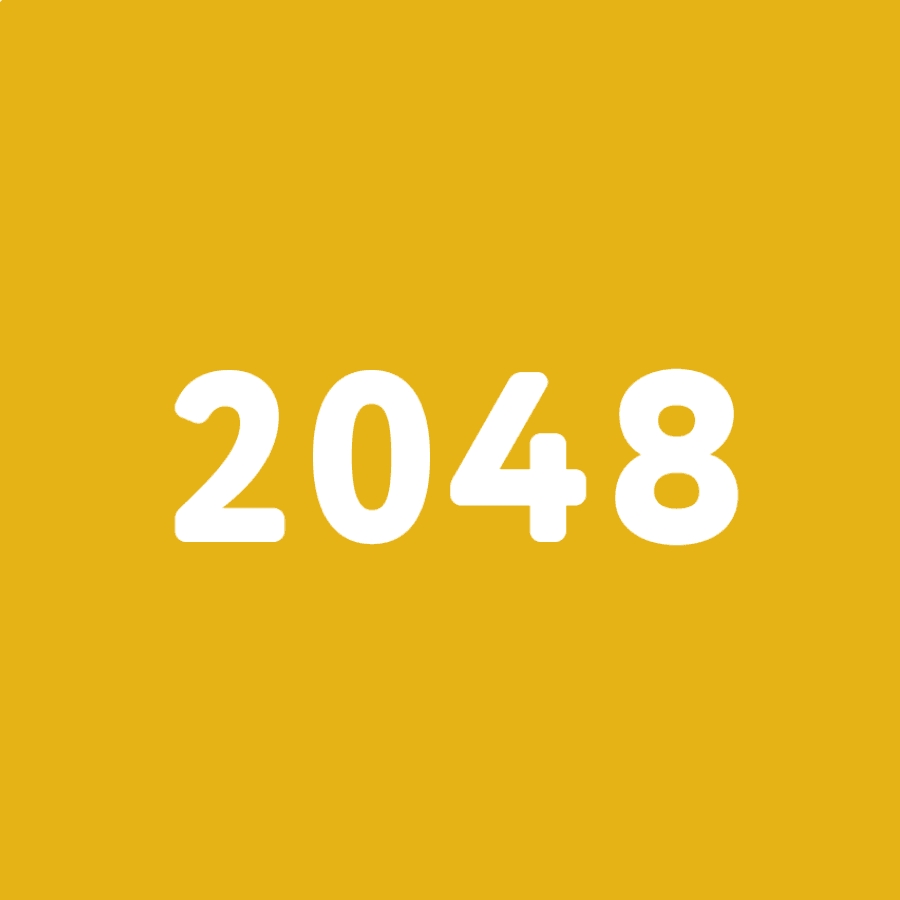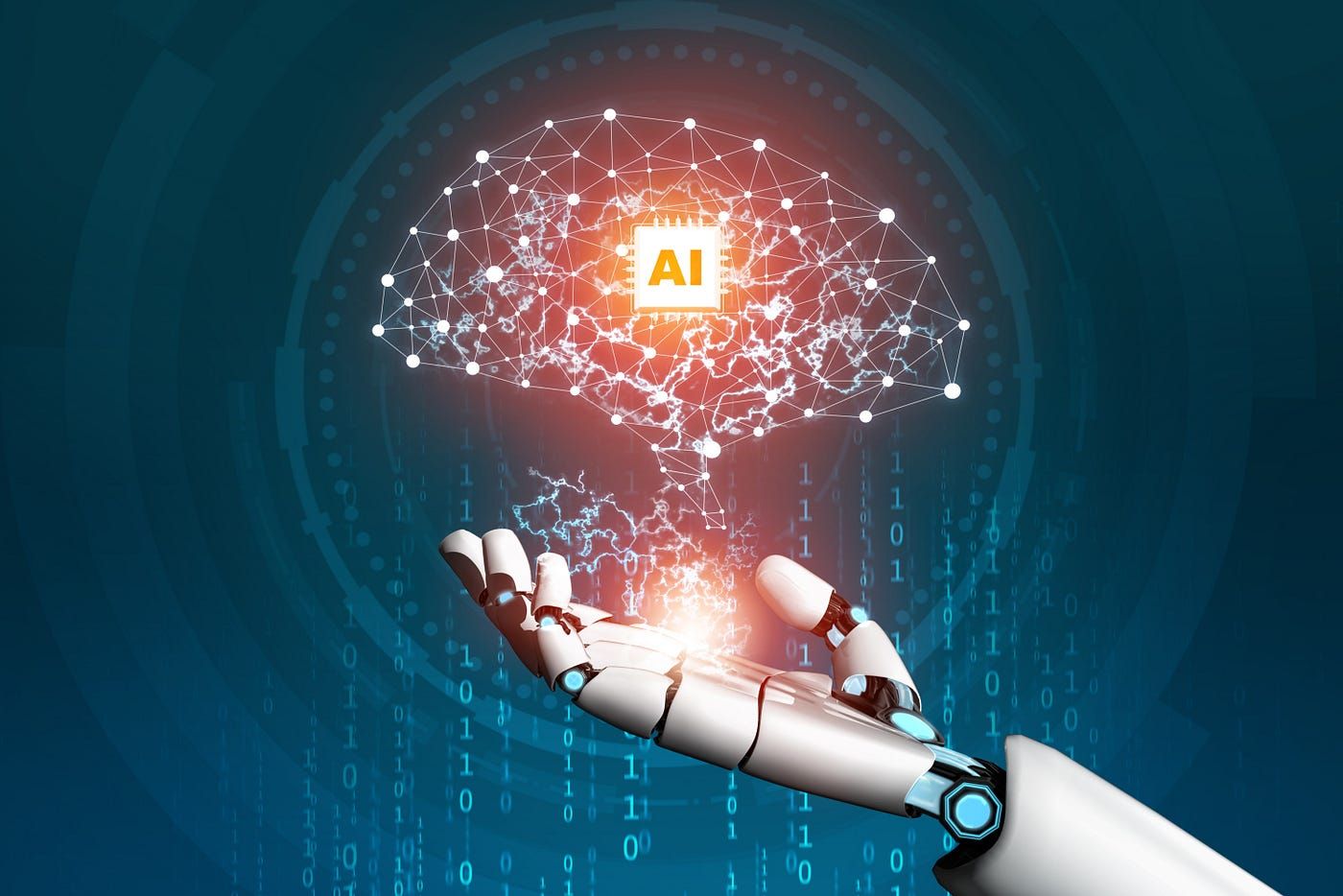

As we stand on the brink of a technological revolution, the landscape of employment is rapidly evolving. Artificial intelligence and automation are reshaping industries, creating new opportunities while rendering some traditional roles obsolete. (Let’s explore this topic in more detail with 2048 Game below)
The dawn of artificial intelligence and automation has ushered in a new era of technological advancement, fundamentally altering the fabric of our workforce. As we navigate this transformative period, it’s crucial to understand the profound impact these innovations will have on the future of jobs. From manufacturing to healthcare, finance to education, no sector remains untouched by the sweeping changes brought about by AI and automation.
Artificial intelligence and automation are no longer confined to science fiction; they are rapidly becoming integral components of our daily lives and work environments. AI, with its ability to process vast amounts of data and learn from patterns, is revolutionizing decision-making processes across industries. Meanwhile, automation is streamlining repetitive tasks, increasing efficiency, and reducing human error in various sectors.
In manufacturing, robots and smart machines are taking over assembly lines, performing tasks with precision and speed that surpass human capabilities. The automotive industry, for instance, has seen a significant shift towards automated production, with robots handling everything from welding to painting. This trend is not limited to factories; AI-powered algorithms are now making critical decisions in financial institutions, analyzing market trends, and even trading stocks autonomously.
The healthcare sector is witnessing a surge in AI applications, from diagnostic tools that can detect diseases with unprecedented accuracy to robotic surgical assistants that enhance the precision of medical procedures. In the realm of customer service, chatbots and virtual assistants are becoming increasingly sophisticated, handling a growing array of customer inquiries and reducing the need for human intervention in routine interactions.
Read more: Best AI Tools Everyone Should Know About in 2025
As AI and automation continue to advance, certain job categories are facing the risk of obsolescence. Roles that involve repetitive tasks or can be easily automated are particularly vulnerable. Data entry clerks, assembly line workers, and even some clerical positions are seeing a decline in demand as machines take over these functions.
However, it’s important to note that while some jobs may disappear, new ones are emerging in their wake. The key lies in understanding this shift and preparing for the jobs of the future. For instance, while traditional manufacturing jobs may decline, there’s a growing need for technicians who can maintain and program the robots used in modern factories.
The financial sector, long considered a bastion of human expertise, is also experiencing significant changes. While AI can now handle complex calculations and risk assessments, there’s an increasing demand for professionals who can interpret AI-generated insights and make strategic decisions based on this information.
The rise of AI and automation is not just about job displacement; it’s also creating entirely new career paths and opportunities. As these technologies become more prevalent, there’s a growing need for professionals who can develop, maintain, and work alongside these systems.
Data scientists, machine learning engineers, and AI specialists are in high demand across industries. These roles require a unique blend of technical skills and creative problem-solving abilities. Companies are seeking individuals who can not only develop AI algorithms but also understand their ethical implications and potential biases.
The field of cybersecurity is also expanding rapidly in response to the increasing reliance on digital systems. As more processes become automated and data-driven, protecting these systems from cyber threats becomes paramount. This has led to a surge in demand for cybersecurity experts who can safeguard AI systems and automated processes from potential breaches.
Another emerging field is that of human-AI interaction designers. As AI becomes more integrated into our daily lives and workplaces, there’s a growing need for professionals who can design intuitive interfaces that allow humans to interact seamlessly with AI systems. This role combines elements of user experience design, psychology, and technology to create AI applications that are both powerful and user-friendly.
The advent of AI and automation is also reshaping the very nature of work itself. The traditional 9-to-5 job model is giving way to more flexible arrangements, partly enabled by these technologies. The gig economy, characterized by short-term contracts and freelance work, is thriving in this new landscape.
AI-powered platforms are making it easier for freelancers to connect with clients globally, opening up new opportunities for remote work. This shift is allowing professionals to leverage their skills across borders, creating a truly global marketplace for talent. However, it also presents challenges in terms of job security and benefits, necessitating new approaches to labor laws and social safety nets.
As the job market evolves, the importance of continuous learning and skill development cannot be overstated. Many of the jobs that will be in high demand in the coming decades don’t even exist yet. This reality underscores the need for adaptability and a commitment to lifelong learning.
Educational institutions and companies are recognizing this shift and are increasingly offering programs focused on developing skills that complement AI and automation. Courses in data analysis, programming, and AI ethics are becoming more prevalent, even in non-technical fields. The ability to work alongside AI systems, interpret their outputs, and make informed decisions based on AI-generated insights is becoming a valuable skill across industries.
Governments and organizations are also investing in reskilling programs to help workers transition to new roles. These initiatives aim to bridge the gap between traditional skills and the competencies required in an AI-driven economy. The focus is on developing not just technical skills, but also soft skills like critical thinking, creativity, and emotional intelligence – areas where humans still have a distinct advantage over machines.
As we embrace the potential of AI and automation, it’s crucial to consider the ethical implications of these technologies. Questions about data privacy, algorithmic bias, and the societal impact of widespread automation are at the forefront of discussions among policymakers, tech leaders, and ethicists.
There’s a growing recognition that while AI can handle many tasks more efficiently than humans, there are certain aspects of work that require a human touch. Empathy, creative problem-solving, and complex decision-making in nuanced situations are areas where human workers continue to excel. The challenge lies in finding the right balance between leveraging the efficiency of AI and automation while preserving the irreplaceable human elements in various professions.
Industries like healthcare and education, while benefiting from AI advancements, still rely heavily on human interaction and judgment. A doctor’s empathy or a teacher’s ability to inspire and mentor students are qualities that cannot be replicated by machines. The future of work will likely see a hybrid model where AI augments human capabilities rather than replacing them entirely.
Read more: How Artificial Intelligence Is Changing Everyday Life
As we navigate this technological transition, the role of policy and governance becomes increasingly important. Governments and international bodies are grappling with how to regulate AI and automation to ensure they benefit society as a whole. This includes addressing issues of job displacement, retraining workers, and ensuring ethical use of these technologies.
Some countries are exploring concepts like universal basic income as a potential solution to job displacement caused by automation. Others are focusing on education reform to better prepare the workforce for the jobs of the future. There’s also a growing emphasis on creating ethical guidelines for AI development and use, ensuring that these technologies are deployed responsibly and in ways that benefit humanity.
The future of work in the age of AI and automation is both exciting and challenging. While certain jobs may become obsolete, new opportunities are emerging that require a blend of technical knowledge and uniquely human skills. The key to thriving in this new landscape lies in adaptability, continuous learning, and a willingness to embrace change.
As we look ahead, it’s clear that the relationship between humans and machines in the workplace will continue to evolve. The most successful individuals and organizations will be those that can harness the power of AI and automation while leveraging distinctly human qualities like creativity, empathy, and critical thinking.
The transition to an AI-driven economy presents both opportunities and challenges. It offers the potential for increased productivity, innovation, and improved quality of life. However, it also requires careful consideration of its societal impacts and ethical implications. As we move forward, it’s crucial that we shape this future thoughtfully, ensuring that the benefits of AI and automation are distributed equitably and that we maintain a balance between technological advancement and human values.
In conclusion, the future of jobs in the age of AI and automation is not a predetermined path but one that we collectively shape. By embracing lifelong learning, fostering creativity and innovation, and addressing the ethical challenges head-on, we can create a future where technology enhances rather than replaces human potential. The jobs of tomorrow may look different from those of today, but they will undoubtedly continue to value human ingenuity, adaptability, and the unique perspectives that only humans can bring to the table.